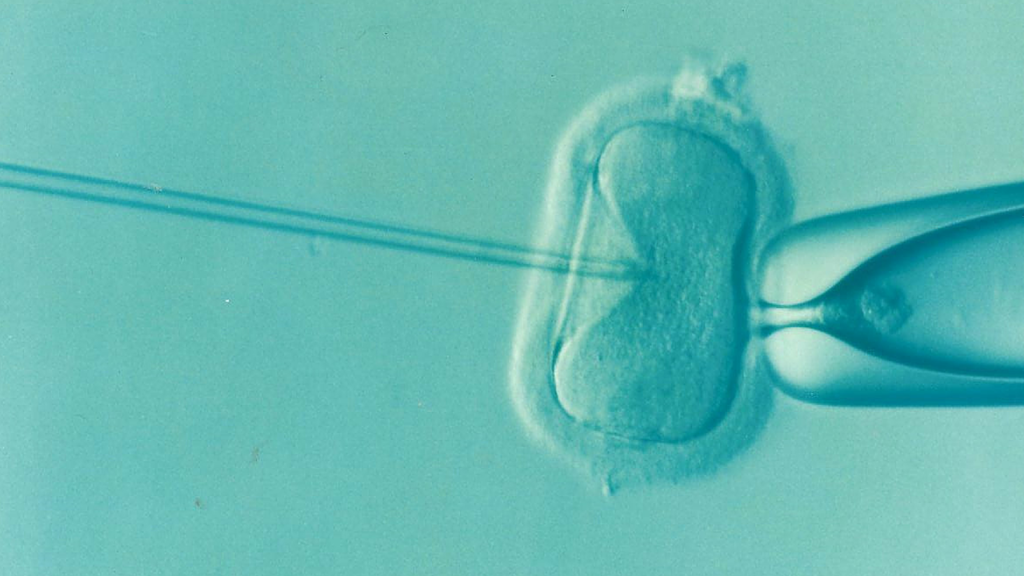A new technique developed by a start-up around VUB professor Johan Smitz could double the chances of success for couples using IVF to become pregnant, according to a new study.
IVF, or in vitro fertilisation, involves removing egg-cells or ova from the woman’s ovaries and then fertilising them in the laboratory with sperm cells taken from the male partner or a donor.
The fertilised ova are then returned to the woman’s uterus, where they have the chance to implant and grow, resulting in pregnancy and, in the fullness of time, a baby.
The technique is well practised and common. The first so-called ‘test-tube baby’, Louise Brown, is now 42 years old.
Belgium has a strong reputation in the field, and in fact the team at the UZ Brussel in Jette pioneered an advance in the technique known as ICSI, which allowed sperm cells to be extracted from the male even when the sperm count was too low to use a sample given by the usual means.
Even today, couples travel from across Europe and the world to follow a course of treatment at UZ Brussel, sometimes living in a caravan on the car park in order to meet the exacting schedule of an extraction at the optimum point of a woman’s fertility. According to the World Health Organisation, some 15% of couples worldwide suffer from one or other problem with infertility.
And yet the process is, statistically speaking, far from a certainty. Overall, only about 30% of attempts succeed, and those who fail are usually limited by cost or by age to only a few attempts. One in four candidates drops out after only a first attempt.
According to Fertiga, those chances could be doubled using the new technique, with success rates at a first attempt rising to 61%, and to 80% at a third attempt. The difference, the company says, is enormous both for the patient(s) involved, as well as for health care budgets.
“The process is very difficult. If you haven’t experienced it, you can't imagine,” Professor Smitz told De Tijd. “The desire to have children is very deep-seated and puts pressure on the patient and the couple."
In a standard IVF procedure, the fertilised cells are inspected in vitro, and the one that look most promising are then implanted in the woman’s uterus. But the best-looking is not always the best.
The Fertiga treatment looks instead at a sort of corona of nascent embryo cells, which is discarded as the embryo grows, but which contains a lot of information in the meantime, which allows a better analysis of the chances of the embryo than visual identification.
“We analyse the molecular properties of that cloud of cells, and give all eggs a quality score based on that. In combination with the embryo inspection, this yields great results,” said Elien Van Hecke, one of the founders of Fertiga.
At present, the test costs €1,000 to €1,500, but the success rates mean it is likely to prove less expensive for the health care budget than conventional IVF. The procedure is already being carried out at UZ Brussel.

